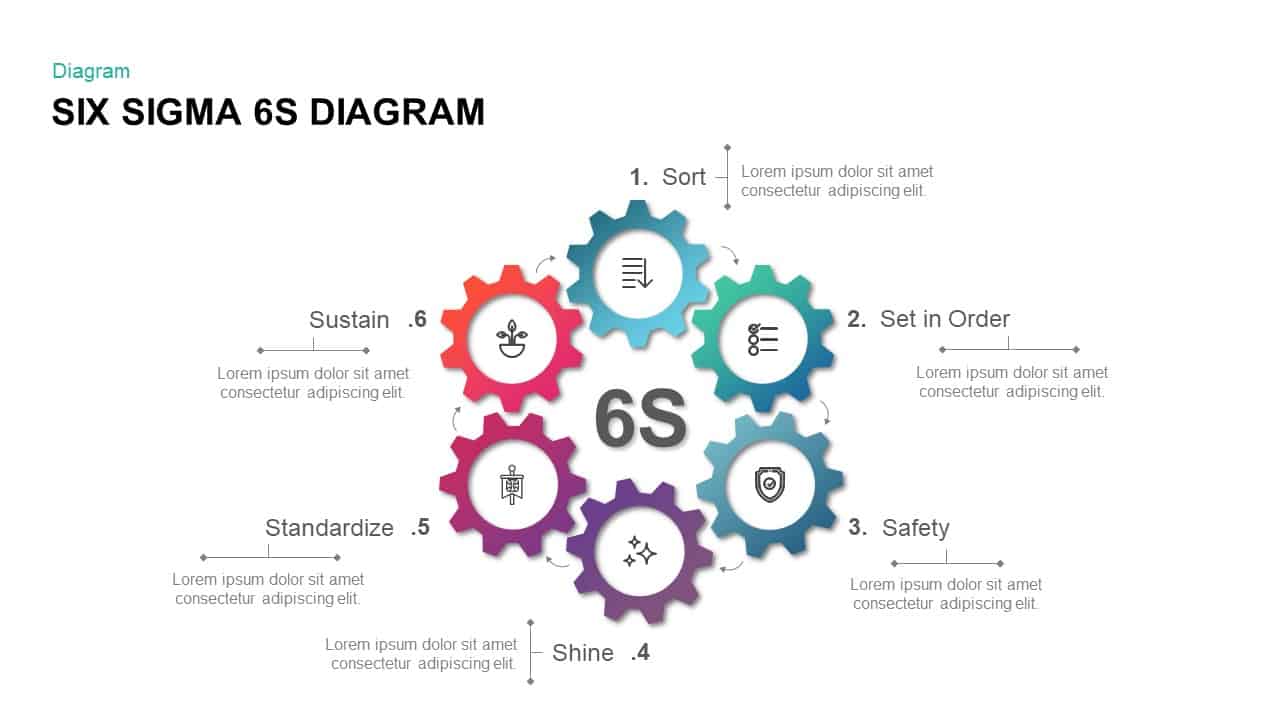Creative Presentation Template For Communicating Ideas

Proper communication is one of the essential needs of a presentation. It does not matter how good your creative presentation template are or how good your speech is; everything can be ruined if you cannot communicate with your audience. In a presentation, it is essential to keep your audience engaged; otherwise, they will get bored, and the whole point of the presentation will go in vain. And communication does not solely depend on your slides or your speech, a big part of your communication skill depends on your body language. So, in this article, we will learn more about communication ideas and skill. Have a look.
What is Communication?
But before we speak of different communication ideas or skills, we need to know what communication is. Well, communication can be defined as the imparting or exchanging of information by writing, speaking or using some other medium. Often the action of communication needs two at least two persons at a time– the sender and the receiver. Without these two people, there cannot be any communication at all. Also, communication can be categorized into two types mainly–
- Verbal communication – Verbal communication is the exchange of information that includes a face-to-face encounter. The examples of verbal communications are a seminar, lecture or any speeches, etc. Written communication is one of the sub-categories of verbal communication.
- Non-verbal communication – Non-verbal communication is the exchange of information that may include face-to-face encounter but does not include any talking. Non-verbal communications are conveyed using your body languages such as your facial expression, the way you sit or the way you stand, etc.
And here in this article, we will mostly discuss the non-verbal communication that is related to any business presentation. Let us have a look.
Importance of Communication in Presentation
Communication is not a singular skill; rather it is composed of three different skills– presentation skill, conversation skill, and writing skill. All these three skills provide for effective communication. Let us have a look at the importance of communication.
- Convey empathy and emotion – According to Peter F. Drucker, communication is all about hearing what isn’t said. Thus, communication or non-verbal communication in the case of presentations plays a significant role in conveying the empathy and emotion of the presenter. One can fake a speech, but one cannot easily fake his body languages. Thus the proper use of non-verbal communication helps to showcase the emotion which ultimately helps in getting the presentation better.
- Better conveying of intentions– It is not easy to interpret the intentions of the presenters by using the signs of a non-verbal communication alone, but it sure helps a lot. It gives the audience a better level of engagement into the whole presentation.
- Workplace efficiency– Another great importance of communication in workplace efficiency. It does not matter whether you are at any business meeting or not, the communication through your body language helps a lot in harmonizing the efficiency of a workplace altogether.
- Better understanding– Also, the use of communication is most applied in case of understanding a particular subject; especially in case of presentation. If you want to deliver your presentation in a better way, it is important to synchronize your verbal and non-verbal communication which sends the better understanding signal.
Increase trust and clarity– Also, non-verbal communication increases the trust of the audiences, and it clarifies the subject of the presentation ion in a better way to the audience. - Interests the audience– And not to mention, the act of a better communication skill interests the audience to your presentation idea. They get interested in the topic you are clarifying, and it provides a better impression to their minds as well.
Relation Between Creative Presentation Template and Communication
Communication and creative templates are the two main essentials of a successful presentation. One cannot exist without each other. To deliver a great presentation in a workplace, it is important that these two should synchronize properly.
As we have understood before, there are mainly two types of communication– verbal and non-verbal. Verbal communication, i.e., the speech is directly related to the presentation slides because it clarifies the texts and concepts of the presentation templates.
However, there is another important aspect of the presentation, i.e., the non-verbal communication. Non-verbal communication is the invisible bridge between verbal communication and the presentation slides, without which a presentation cannot be perfectly accurate. Without a proper non-verbal communication or body language, a presentation is just a blunt presentation where your speech and the presentation slides just do not synchronize.
So, in a nutshell, verbal, non-verbal communication and creative presentation slides are three heads of any successful presentation, and each has their own importance. One is useless without the other.
Different Communication Ideas With Different Creative Presentation Template
One presentation differs from another on the basis of its purpose and so the communication process. Thus, it can be said that communication ideas change directly to the presentation slides. Depending on different creative presentation templates, a presenter has to change the style of his verbal and non-verbal communication or otherwise it will not synchronize properly. So, here we have categorized the different communication ideas that change with different creative presentation templates. Let us have a look.
- Informative communication – An informative presentation template contains brief points of detailed incidents. Thus, informative presentation slides mostly contain ‘to the point facts’ and no other complicated information.
So, an informative communication system should complement the slides accordingly. Your verbal communication or speech should have professional language along with single sentences. But it should also provide only the information that is needed for the slides. And as for your non-verbal communication, i.e., body language or facial expression; it should be firm and confident. It should be in such a way that expresses, you believe in the information. - Instructional communication – Instructional presentation slides contain specific orders or directions. Mostly, it tends to be thorough and long. It covers all the detail and complicated information properly and does not leave anything out. Rather these kinds of slides emphasize on clarifying each and every single detail.
Thus, your verbal communication also should clarify all the points that have been shown on the templates. It should not be in a precise form; rather it should be in detail. And as for the non-verbal communication, it should elaborate your body language and facial expression as if you are giving them the orders and instructions to follow. You should have an authoritative attitude with a keen interest in details. Also, your body language should not be rigid that the participants are afraid of asking questions. It should be friendly but authoritative. - Arousing communication – Arousing presentation generally includes a particular problem and how that problem can be solved. In the templates of an arousing communication, the problems and its possible solutions should be added. It should be in details but not too much; the whole slide should be in proportionate information.
In case of verbal communication of arousing templates, the presenter should pinpoint the causes, effects, and solutions of the problem. Every other problem and its solution should be well explained with additional information and data. However, bluffing is not necessary in case of arousing presentation.
And as for the non-verbal communication, your body language should change with the topic. When you are presenting the cause and effect of a particular problem, you have a facial expression and body language that provide the necessary tensions of such a problem. Again when you are explaining the possible solution of such problems, a relaxed and smiling face would be appreciated. - Persuasive communication – Persuasive presentation is the one where you try to convince the audience with your proposals. These presentations come with a particular proposal that should impress the audience, and it pursues the audience to accept the same. Generally, it provides a solution to a particular controversy, disputes or any kind of problem. Thus, these kinds of presentations must contain sufficient logic, evidence and emotional force to sweep away the minds of the audience.
The verbal communication or the speech is one of the essentials of such presentation. In the speech, you should explain everything part by part and in details. And in the case of non-verbal communication, all you need to do is to be relaxed. Your attitude must show that you believe in your proposal. - Decision-making communication – Decision-making presentation involves presentation slides that provide your audience with particular ideas or suggestions. And it should be compelling enough to make your audience believe that they should take those suggested steps. A decision making a presentation must show how to do, what to do and what will happen aspects of a particular situation.
The verbal communication, i.e. the speech in case of decision-making presentation must be the same as that of the persuasive presentation. And as for the non-verbal communication, you must not thrust upon the audience. Rather you should go a little light on them, unlike the persuasive presentation.


